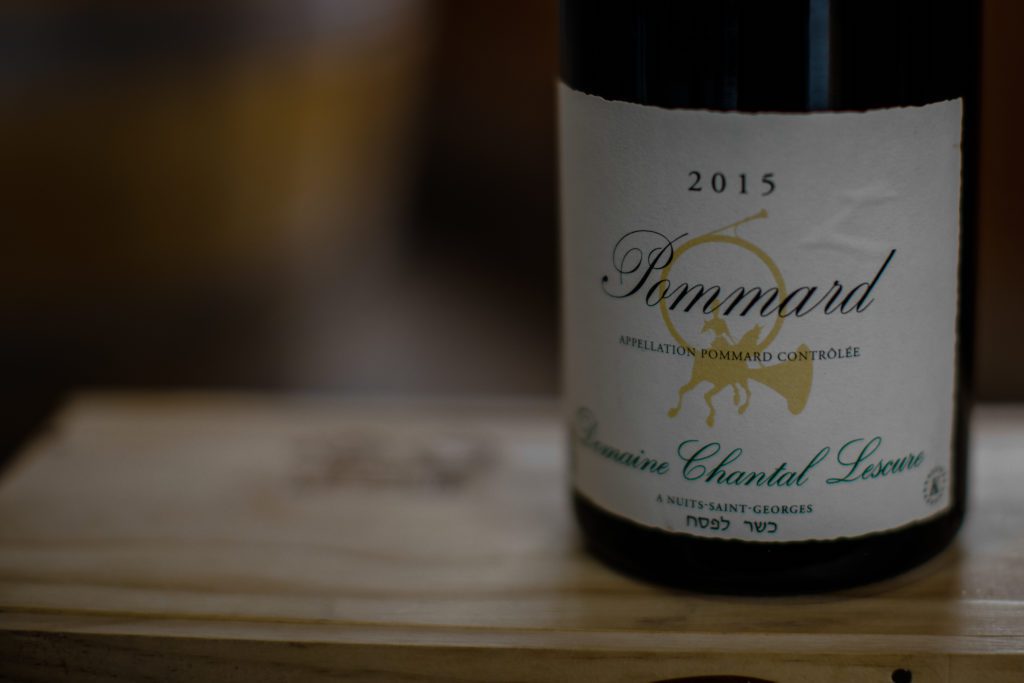The Road to Burgundy
The progression of taste among wine lovers in the kosher world and broader wine world is somewhat parallel. First, budding connoisseurs are intrigued with fruit forward wines with strong oak flavors, big tannins, and generous mouthfeel. Gradually the tendency will spread towards similar fruit forward styles, within the same new world mold. Eventually, after experiencing an old world wine, such as something from Spain or France, the possibility arises of wine as a multi layered experience. Fruit/sweetness becomes but one component of a more balanced flavor profile.
Perhaps because it is dominated by the familiar varietals of Cabernet Sauvignon and Merlot, Bordeaux wines are often the main stop of the wine lovers journey from new to old world wines. Complex fruit mixed with restrained oak, lively acidity and lower alcohol, presents a fresher, more structured take on what was previously experienced. Bordeaux has indeed a major role in any wine hobby, and can itself remain as an acceptable terminus. However, even within this reality, one can and sometimes will seek even more refinement, as well as a deeper sense of place. And the only cure for this longing lies in a region which is more classically old world and elegant than its larger and more illustrious cousin. The final answer to this quest for the most pure and authentic can be summarized in one word: Burgundy.
Regional Overview
The Burgundy region is in the central-eastern part of France. The region is divided between two main parts, the Cote d’Or and the Cote de Beaune. The primary grapes are Pinot Noir (red) and Chardonnay (white). The reason this region is so significant, is that it is considered the greatest place in the world to grow these two noble varietals. Indeed, grape growing was recorded here as far back as the second century. The real key to understanding this region is the significance of terroir, a term describing the unique sense of place. It was as early as the 14th century when the monks who farmed the land, began to understand the various strengths of specific sites, and implemented a ranking system according to the quality they perceived. Today, as with many premier regions in France, the vineyards have been formally graded according to quality. However, even the lower ranked vineyards have virtues that allow them to express regional purity and varietal correctness.
The Big Idea
The passion of Burgundy enthusiasts is to taste wines across a region and isolate the specific qualities that each vineyard possesses. Each commune, village, vineyard, plot, and row, can all exhibit special characteristics on their own; before the influence of farming techniques, winemaking methods, and vintage variation. The ability to experience the essence of a vineyard down to a specific quarter acre is a solely Burgundian experience unparalleled in any other wine region. These sensations are amplified in a particularly strong vintage, and also when the wine has accumulated a bit of time in the cellar. The importance of Burgundy is the wine’s ability to create pleasure through elegance, and not through power. This unique ability to successfully combine the texture of a gentle wine with the deep layered complexity of a much heavier wine, is the oenological equivalent to speaking softly and carrying a big stick. This is the maddening desire of Burgundy.
Kosher Burgundy
Not surprisingly, kosher Burgundy has been a frontier that has been less than accessible, even in the midst of the kosher wine renaissance of the past 10 years. Most quality Pinot Noirs are produced in small quantities, and producers don’t have enough fruit from a given vineyard to produce a kosher wine alongside their proprietary labels. That, as well as the demand for quality Burgundy in the broader market, has kept the kosher opportunities to a minimum (where it is likely to remain for the immediate future).
Despite this, there are some gems in the small world of kosher Burgundy that are worth noting. Two wineries have produced a series of kosher Pinot Noirs for several years now. Domaine D’Ardhuy, a large family held winery, has been producing memorable kosher cuvees from a variety of vineyards, on and off since 2010. The current vintage is the 2015 edition from the village of Aloxe Corton.
The other reliably excellent kosher producer has been Domaine Chantal Lescure, a much smaller, family owned operation, which has been producing a kosher wine in most vintages since 2010 (through the present) from the same vineyard in the commune of Pommard. The current vintage of Lescure’s Pommard is also the 2015, which is also the top vintage so far in this decade. These are lovely, elegant wines which showcase the finesse and regal nature of the Burgundy style and region. Production is naturally limited given the realities of vineyard size and availability.
Enjoying Burgundy wine
The wines are generally medium bodied when young and can generally be enjoyed upon release. Still, the finer and more structured editions of both Pinot Noir and Chardonnay certainly benefit from age and should dramatically improve and gain complexity over time. An age worthy wine will come from a producer with a solid track record, reliable vineyards, and from a strong vintage.


